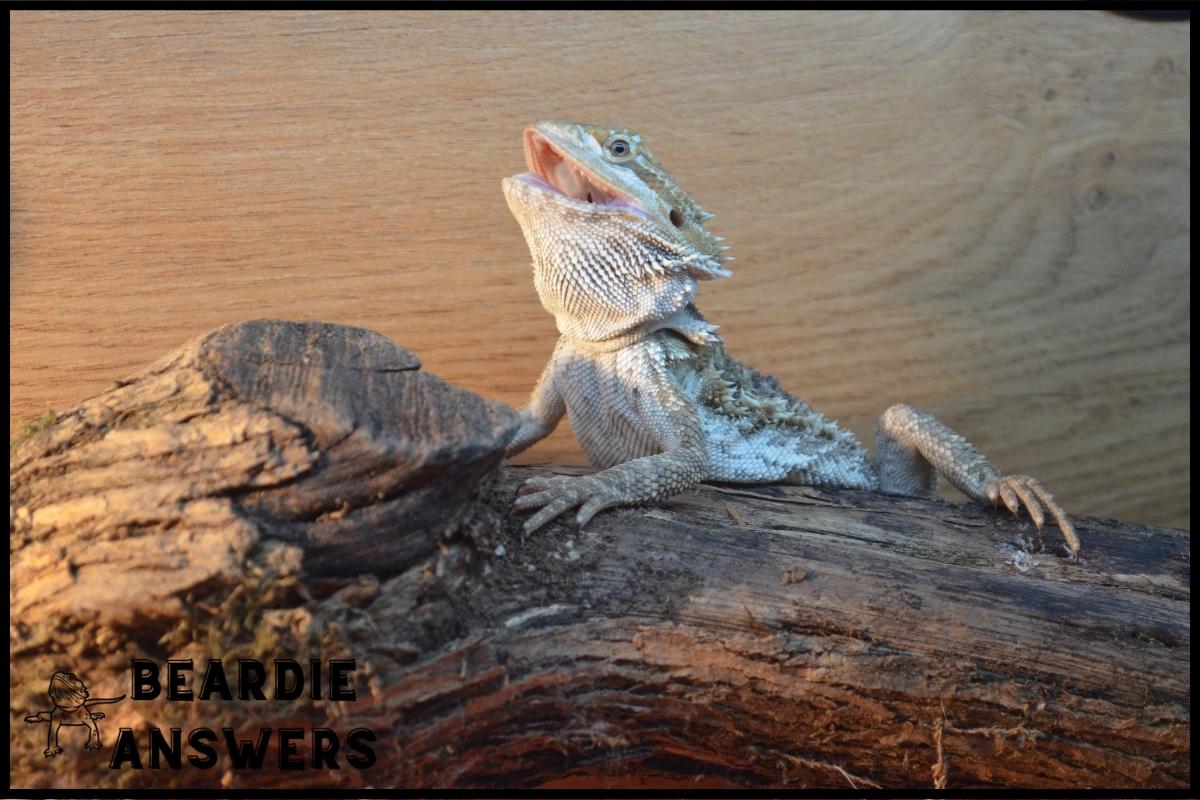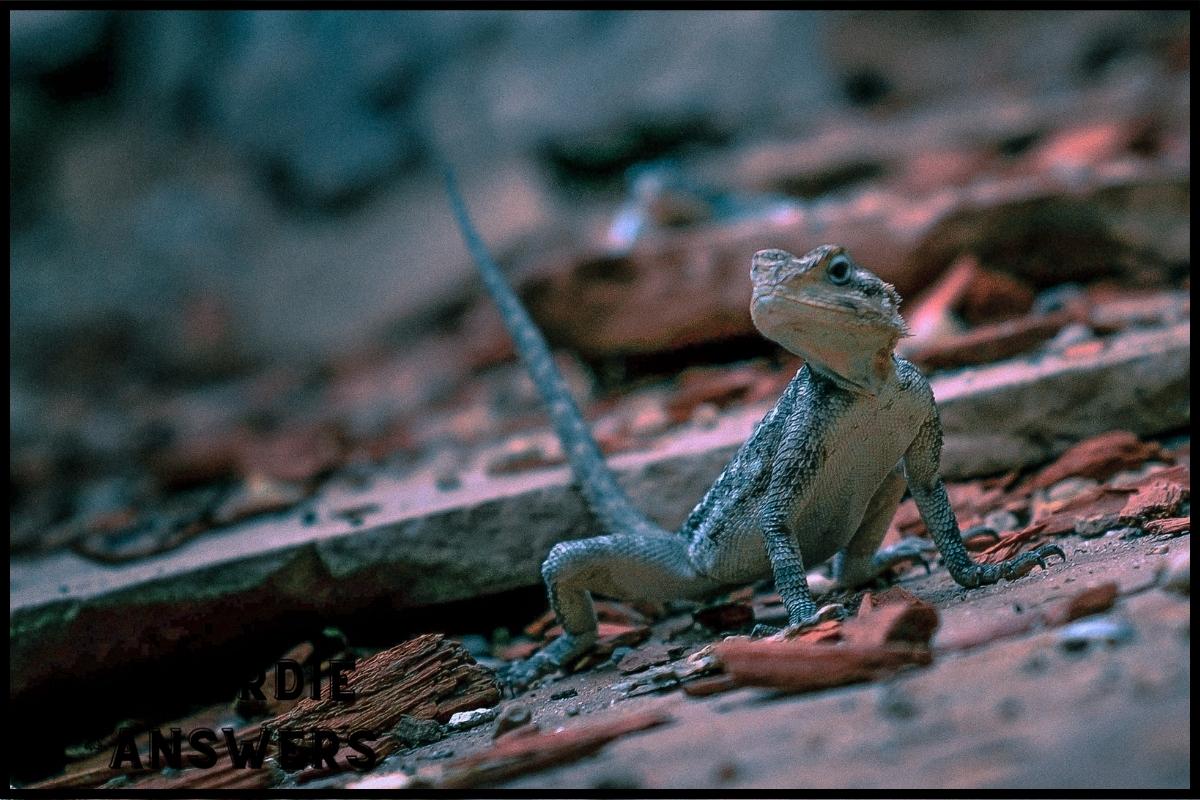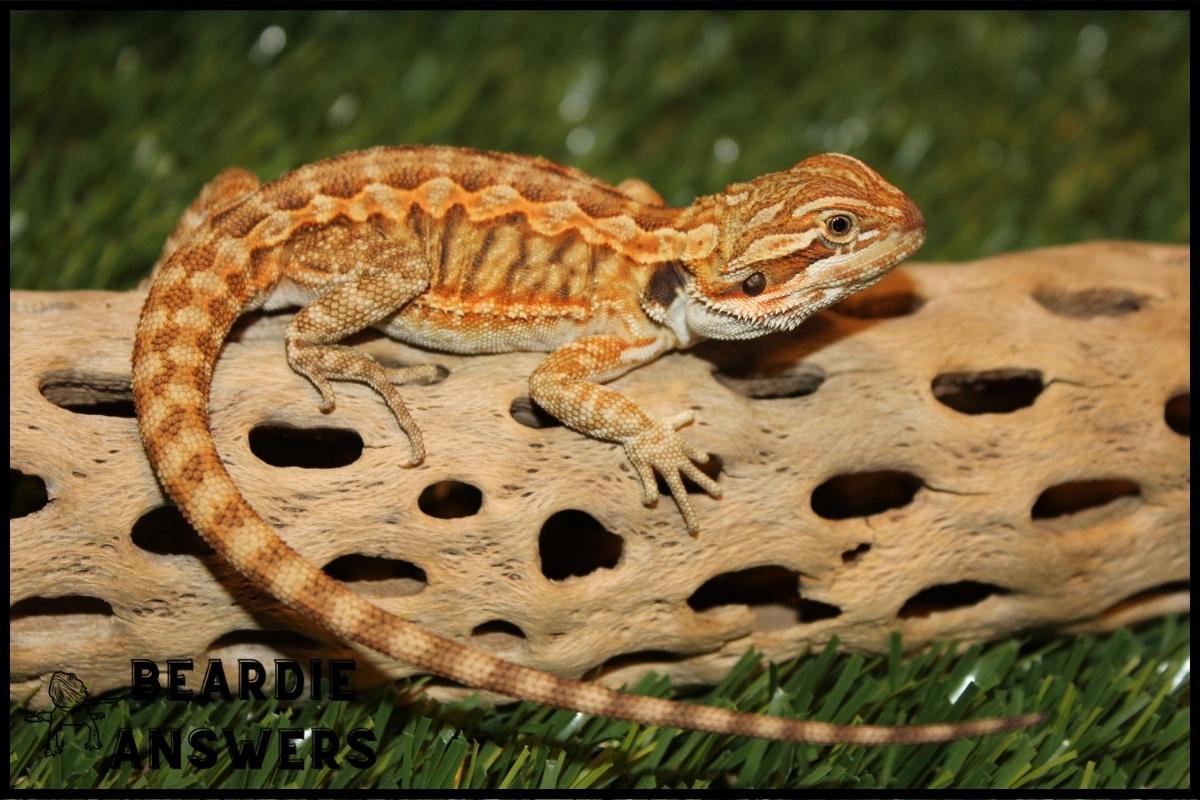Bearded dragons may open their mouth for various reasons, such as regulating their body temperature, displaying aggression, or breathing difficulties. If a bearded dragon continuously keeps its mouth open, it may be a sign of respiratory problems, which require immediate veterinary care.
What You'll Learn
Thermoregulation
As any reptile owner knows, the sun is essential to a bearded dragon’s life. Not only does it provide the necessary warmth for them to thrive, but thanks to their heat-sensing abilities they use it as an indicator of safety and security. When exposed to direct sunlight, they will open their mouths wide in order to better regulate their internal body temperature using thermal control. It’s almost like they’re basking in the rays just like us humans do when we go out into the summer sun!
At other times though, there can be more sinister reasons behind why a bearded dragon may have its mouth open so often. This could signal respiratory issues that require immediate medical attention from your veterinarian. While most people think of dragons as mythical creatures with fire breathing capabilities, these gentle animals need help controlling their own breath.
If you notice your pet opening its mouth excessively or having difficulty breathing then take it seriously and seek professional advice right away. With proper care and monitoring, you can ensure your beloved scaly friend stays healthy and happy for many years to come.
Respiratory Issues
Though thermoregulation is an important factor that may cause a bearded dragon to open its mouth, respiratory issues should not be overlooked.
In this section, we will focus on the various causes of respiratory problems in bearded dragons and what can be done to improve their air quality.
Bearded dragons can suffer from several different types of respiratory diseases or infections, such as pneumonia, upper respiratory infection (URI), and mycoplasmosis.
Symptoms include coughing, sneezing, wheezing, mouth breathing, and discharge from the nose or eyes.
These conditions are often caused by poor air quality due to overcrowding or inadequate ventilation in captivity.
Other factors that could affect a bearded dragon’s health include improper humidity levels and temperature fluctuations within the enclosure.
If these environmental parameters are not maintained consistently, it can lead to stress which can then result in weakened immune system and increased risk for developing respiratory illnesses.
To prevent any potential problems with your pet’s health, make sure they have plenty of clean fresh air circulating through their habitat at all times.
Additionally, regular monitoring of humidity and temperature levels is essential to ensure optimal living conditions for your reptilian companion.
Biological Adaptations
Bearded dragons are incredibly adaptable creatures, capable of thriving in many different environments. From the Australian Outback to suburban backyards, these remarkable lizards have developed biological adaptations that allow them to make their homes virtually anywhere.
One such adaptation is their ability to detect temperature gradients within their environment using infrared radiation receptors on their heads. This helps the dragon identify optimal basking spots while also helping them regulate body temperature during extreme weather conditions or when they are threatened by predators.
Additionally, bearded dragons can adjust the speed at which they lay eggs depending on environmental factors like moisture levels or food sources. By understanding these cues, they can ensure survival of future generations even in uncertain climates.
Finally, an important part of any reptile’s biology is its social interactions with other members of its species. Bearded dragons show complex forms of communication through courtship rituals, scent marking behavior and recognition signals that help maintain family bonds as well as attract potential mates.
All this indicates how deeply adapted these animals are to survive under harsh conditions – a testament to their evolutionary resiliency over millions of years. Transitioning now into signs of stress or illness in a bearded dragon will further explore the complexities behind this incredible creature’s natural history.
Signs Of Stress Or Illness
Signs of Stress or Illness in a Bearded Dragon can vary, but there are some common indicators that may help you recognize when something is wrong. Paying attention to changes in behavior and physical appearance will help you identify signs of distress early on.
Behavioral Changes:
- Loss of appetite: Dietary changes such as decreased interest in food and refusal to eat are usually the first sign that something might be wrong with your dragon’s health.
- Lethargy: A decrease in energy levels, leading to less movement and basking, could indicate stress or illness.
- Aggression: Increased aggression towards humans or other animals is also an indication that something isn’t right with your pet.
Physical Appearance:
- Respiratory Issues: Open mouth breathing, wheezing, panting or clicking noises can all point to underlying issues related to respiratory health.
- Unusual Colors/Patches on Skin: Unexplained dark patches on the skin could indicate parasites or infections. Redness around the eyes and mouth area can mean they’re stressed out.
- Swollen Joints: Swelling around the joints is often indicative of metabolic bone disease caused by dietary deficiencies or lack of environmental enrichment like UVB lighting and calcium supplementation.
If any of these symptoms persist for more than a few days it’s important to take them into consideration before taking action – consult a veterinarian if necessary. Treatment options and prevention strategies for potential problems should be discussed at this time too.
Treatment And Prevention
No one wants to see their beloved pet suffer, and when it comes to a bearded dragon’s open mouth, the anxiety levels of any owner can reach astronomical heights! With its potentially serious implications, observing an open-mouthed reptile is cause for alarm. But before diving into panic mode, it’s important to understand what might be causing this symptom – which could range from environmental stressors or dietary changes all the way up to more severe medical issues that require immediate attention.
| Causes | Treatment/Prevention |
|---|---|
| Dietary Changes | Monitor Diet Provide Nutritious Food Change Environment If Necessary |
| Environmental Stress | Increase Humidity & Temperature Gradually Reassure The Dragon With A Calm Voice Provide Safe Enrichment Toys |
Understanding potential causes and treatments for your bearded dragon’s open mouth can provide comfort knowing you are doing everything possible to keep them safe. Whether it’s adjusting diet or environment, providing enrichment toys, or simply reassuring words in a calm voice – there are many steps that owners can take prior to consulting with a veterinarian if they suspect their scaly friend may have fallen ill. It’s always best to consider every possibility and make sure your furry pal gets the proper care they deserve!
Other Possible Causes
Bearded dragons open their mouths for a variety of reasons, some of which are related to the environment in which they live. Here are a few other possible causes to consider:
- Heat Signs: Bearded dragons may open their mouths if they get too hot; this is often an indication that the temperature or humidity levels in its habitat need to be adjusted.
- Stress: If your bearded dragon’s mouth stays partially open while it rests, it could indicate stress from handling or being around loud noises.
- Illness/Injury: Respiratory issues and infections can cause your bearded dragon’s mouth to stay partially open as well. In more serious cases, injuries such as broken jaws can also create a gap between the lips.
It’s important to monitor any changes in behavior or appearance carefully and contact a veterinarian when necessary. Paying close attention to your pet’s health needs can help keep them happy and healthy for years to come!
Conclusion
In conclusion, understanding why your bearded dragon has its mouth open is important for the health of your pet.
It could be a sign that they are trying to regulate their body temperature or struggling with respiratory issues.
If you think something more serious may be going on, it’s best to consult a vet right away.
Just like humans, bearded dragons can experience stress and illness, so take extra care when monitoring them.
Watching your beardie closely is like keeping an eagle eye-out for any changes in behavior or physical appearance that might indicate an issue.
With proper care and attention, you can ensure your furry friend stays happy and healthy!

Hi! My name is Bryan, I am the “one behind the words” here are BeardieAnswers.com. I believe that providing quality care and nutrition is the best way to ensure the health of your pet. Every beardie is special and deserves the best care and attention. If you have questions about your bearded dragon, please don’t hesitate to ask! View My Full Author Page




